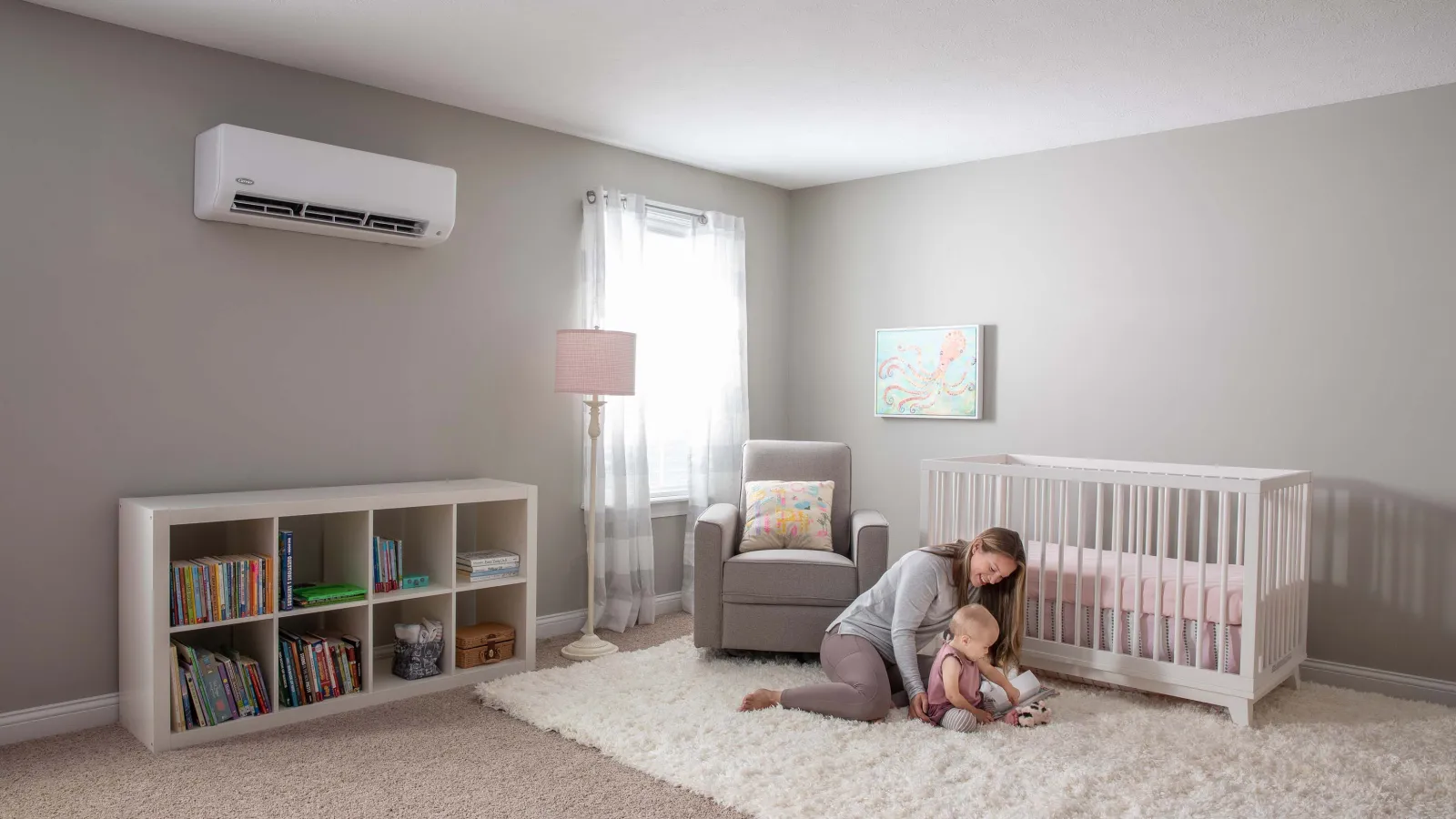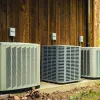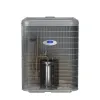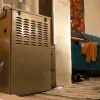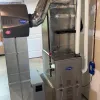Chances are, you love your mini-split. Most people who get these systems rave about their efficiency, quietness, and convenience. Simply put, mini-splits usually work great. And they come in handy when you're building an addition or finishing a previously unconditioned space.
But like all mechanical systems, mini-splits need maintenance.
Failure to maintain a mini-split system can result in poor performance, general discomfort in the room where the system is located, and even complete system breakdowns. Nobody wants that, especially when it requires expensive repairs.
Good news! We've got 4 easy mini-split maintenance tips for you
Here are four things you can start doing today to maximize the life and performance of your mini-split heat pump.
1. Clean the filter every month.
This one seems so simple, but dirty mini-split filters are common culprits whenever a system starts acting up! Most systems require filter cleanings once every month but check your manufacturer's specifications to be sure.
When the air filter gets dirty, the buildup will block airflow through the system. Decreased airflow can make it hard for the system to heat or cool. Eventually, you could end up with an iced over coil. That's a serious problem that could lead to other, more expensive, mechanical failures.
So be sure to keep the filter clean! It's easy to do and can save you from major headaches down the line.
2. Have the mini split inspected twice each year.
Some kinds of maintenance are best left to HVAC professionals. Here's a list of steps our technicians take during regular mini-split heat pump inspections:
- Check for system error codes
- Check temperature drop (and rise in winter)
- Verify the drain line is clear of blockages and that water can flow
- Test the operation of system capacitors
- Analyze all electrical components and wiring
- Clean the outdoor coil
- Perform a visual inspection of the indoor coil and blower wheel (cleaning service available, if required)
- Check refrigerant pressure
- Clean and vacuum the inside of the indoor unit
Since most mini-split systems in Atlanta area homes are used for cooling and heating, it's best to have this inspection twice per year - once in the spring and once in the fall. That way, you can feel confident the system is ready to provide several months of AC or heat.
3. Evaluate the initial installation
If you're having problems with a mini-split, there's a good chance it wasn't installed properly in the first place.
Around Atlanta (and probably in most places around the US, actually), these systems are far less common than ducted central air conditioners and furnaces. Most HVAC contractors are happy to install mini-splits, but few have much experience with them. Installation mistakes are common and can degrade system performance significantly.
Note that this is not the case with us. At PV Heating, Cooling & Plumbing, we're certified Carrier Ductless contractors.
That means our team has received special training in mini-split heat pump installation and maintenance . Few local contractors can claim this distinction. For our part, we've been installing mini-split systems for many years and know them inside and out.
But when we're called to troubleshoot an issue with a mini-split we didn't install, one of the first things we do is audit the initial installation. It's common to find problems like:
- Improperly leveled indoor fan coil that doesn't drain water properly and causes leaks
- Poorly insulated copper lines behind the fan coil that sweat and leak water
- Oil leaks due to a sloppy flare connection
- Insufficient clearance on the outdoor unit - the fan will blow directly on a wall or another HVAC system, which degrades performance
- Misaligned mounting bracket - the indoor unit won't be flush with the wall
- Improper sizing that impedes system performance
- Mismatched indoor and outdoor units
- Air infiltration via an unsealed hole where the installer ran the lines through the wall
When one or more of these issues is present, your mini split probably won't perform the way it's supposed to. We know how to find the problem and apply the best fix.
4. Have your ductwork inspected
Most mini-split systems are ductless. It's part of the reason they're so efficient! With no ducts to worry about, the potential for energy loss is drastically reduced.
However, some mini-split systems do have ducts. These are called (no surprises here) ducted mini-split heat pumps, and they're useful when you need one indoor unit to heat and cool multiple rooms.
The potential problems with mini-split ductwork are the same ones you can experience with any duct system: leaks, improper sizing, sagging, blockages, and poor installation… all of these are possible.
Whenever a ducted mini-split system is having trouble, we inspect the ductwork for leaks and test the static pressure. In many cases, duct leaks and poor installation are making the system run less efficiently than it ought to. After diagnosing the issue with the ductwork, we'll seal the leaks and/or adjust the ducts as the situation requires.
Need mini-split maintenance? We can help.
If you live in Metro Atlanta and need help maintaining your mini-split heat pump, PV Heating, Cooling & Plumbing has your back!
Before giving us a call, be sure to clean your filter. If you're still having problems after it's clean, get in touch with us! Our experienced technicians will analyze your mini-split system and get to the bottom of the problem.
Mini-splits are outstanding machines, but they're not invincible. Like most HVAC systems, preventative maintenance can go a long way toward avoiding costly problems.
